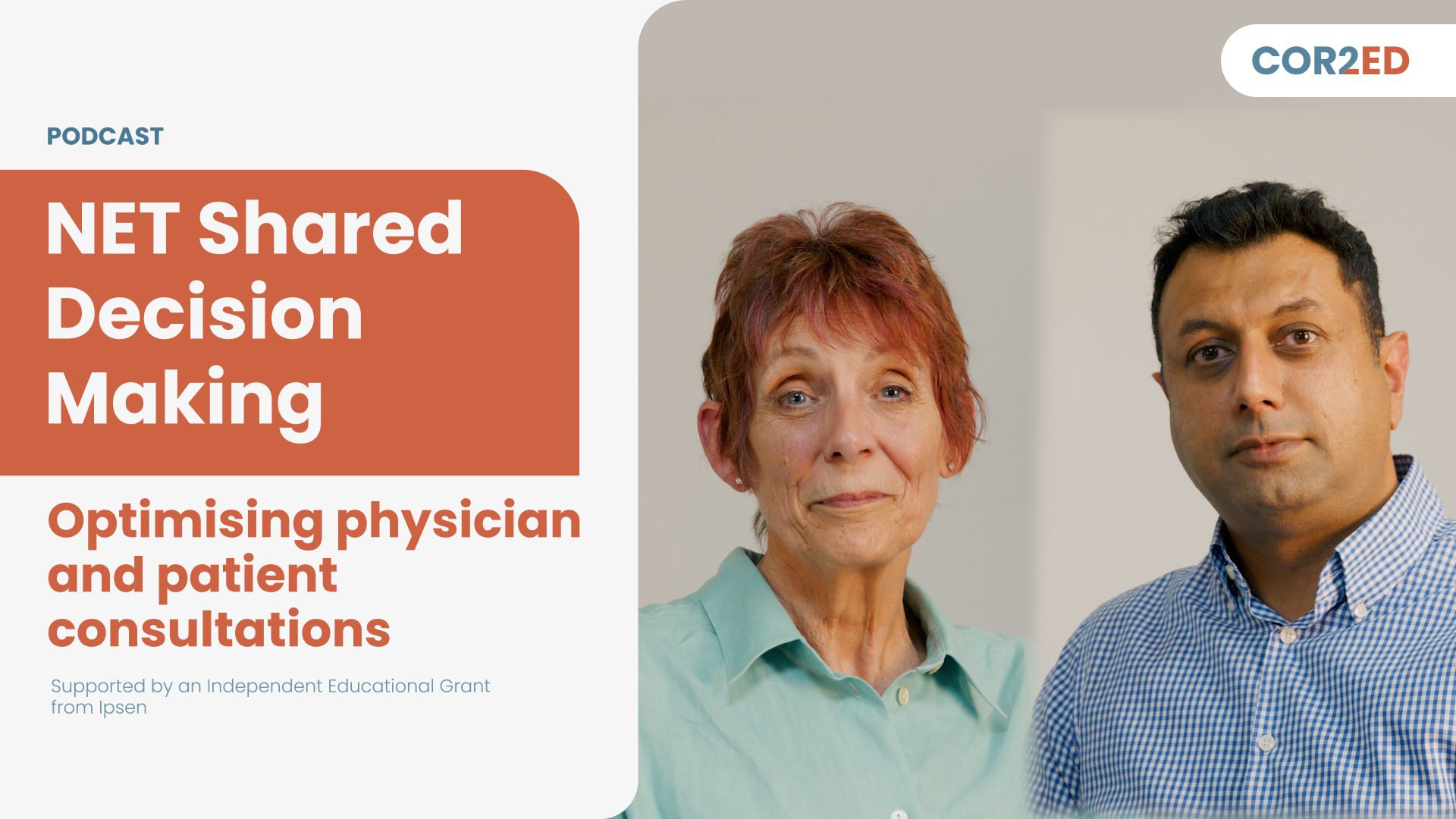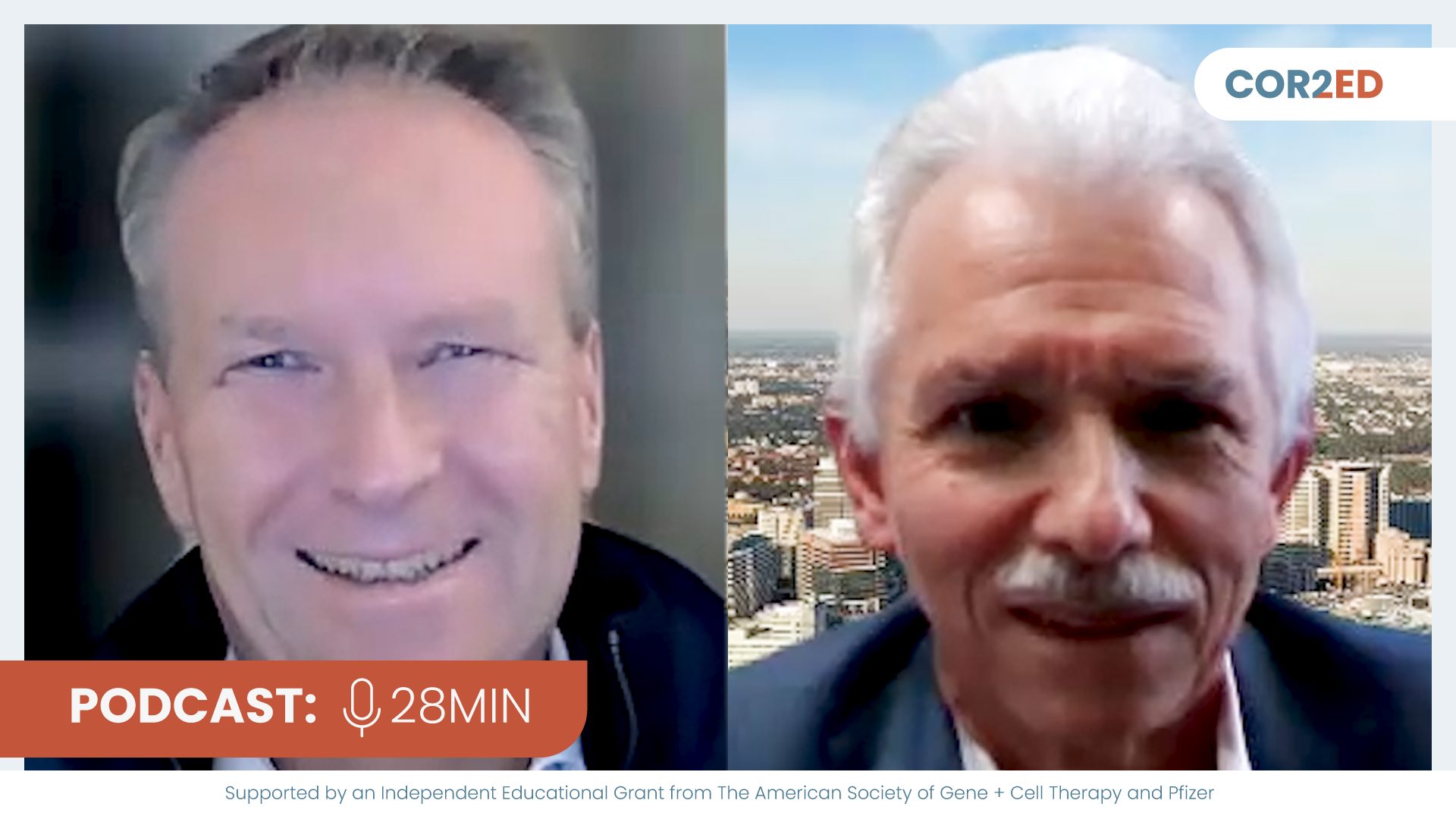Severe Primary IGF-I deficiency – diagnosis and management
Brought to you by
Prof. Helen Storr, Professor and Honorary Consultant in Paediatric Endocrinology at Queen Mary University, London and Barts Health Trust, London, UK
Prof. Andrew Dauber, Chief of Endocrinology, Children's National Hospital. Washington, DC, USA
Please note:
PE CONNECT podcasts are designed to be heard. If you are able, we encourage you to listen to the audio, which includes emotion and emphasis that cannot be grasped from the words on the page. Transcripts are edited for readability. Please check the corresponding audio before quoting in print.
Dr. ir. Tonke L. de Jong
Comprehensive genetic testing allows for the identification of classical and non-classical forms of primary IGF-I deficiency and can identify overlapping syndromes. Are you updated on the first-line treatment for patients with severe primary IGF-I deficiency? Keep listening to find out.
This is the second podcast episode in a two-part series on patients with severe short stature.
In this episode, we focus on the diagnosis and management of patients with severe primary IGF-I deficiency or otherwise known as growth hormone insensitivity.
This podcast is an initiative of COR2ED and supported by an independent educational grant from Ipsen.
I am honoured to introduce to you today’s two experts in the field of Pediatric Endocrinology: Professor Andrew Dauber, Chief of Endocrinology at Children's National Hospital in Washington, DC, United States, and Professor Helen Storr, Professor and Honorary Consultant in Pediatric Endocrinology at Queen Mary University, London, UK and Barts Health Trust also in London, UK. Could you please introduce yourself Prof. Dauber and also explain to us why you think this is an important topic?
Prof. Andrew Dauber
Well, thank you for inviting me to be part of this exciting podcast. I've been doing research in the genetics of short stature for many years, and in the last few years there really have been tremendous advances in our understanding of severe primary IGF-I deficiency. And what's really exciting for me is that there's the possibility of precision medicine treatment for many of these patients. So while it's a rare disorder, I think there's a lot for people to learn about and this is an exciting time to treat these patients.
Dr. ir. Tonke L. de Jong
Thank you, Professor Dauber. I'm also very happy to welcome Professor Storr for this podcast, welcome.
Prof. Helen Storr
Hello. Thanks for the introduction and also thanks for the invitation to participate in this podcast. One of my major clinical and research interests is also the genetics of growth disorders, particularly severe primary IGF-I deficiency and defects within the growth hormone/IGF-I axis. This is a really interesting topic for me because over the last 15 years, my group has been investigating genetic causes of severe short stature, and many of these patients have got severe primary IGF-I deficiency.
And as Andrew said, it's really important and topical because in recent years this group of conditions has rapidly expanded. I think this is due to better and more available genetic techniques, but also greater awareness of this group of disorders. Also, many of these conditions present with overlapping features so the diagnosis and management can be challenging. So yes, there's a huge amount of work that is going on in this field and it's really exciting.
Dr. ir. Tonke L. de Jong
Thank you, Professor. Storr. I hope you both have a great discussion. We're excited to listen and understand the challenges of diagnosing and managing patients with severe primary IGF-I deficiency.
Prof. Andrew Dauber
Great. And with that, we're going to start with a very brief review of the growth hormone and IGF-I signalling axis. So I think many of you are familiar that growth hormone is produced by the anterior pituitary gland. Growth hormone is then secreted into the body where it has receptors in many different tissues. The liver and the growth plate are two of the main areas where we focus.
Growth hormone binds to its receptor and in binding its receptor, it starts a signalling cascade in those tissues. There are a number of different signalling pathways, but perhaps the most important one that we're going to focus on is called the JAK-STAT pathway, where a transcription factor called STAT5b, after being stimulated by the growth hormone signalling, translocates to the nucleus and binds to DNA, where it then influences a number of growth hormone dependent genes to be transcribed and then produced.
And those include a whole host of genes. But the primary effector of growth hormone action is something called IGF-I or insulin like growth factor one. IGF-I then is found in circulation as well as produced locally at the growth plate. And in circulation it's bound in a ternary complex with IGF binding proteins as well as something called the acid labile subunit. Those help increase its half-life. And then locally at its target tissues, the free IGF-I binds to its receptor, the IGF-I receptor, and induces increased growth.
So today we're really not going to focus on the patients who have growth hormone deficiency where there isn't sufficient growth hormone being produced by the pituitary gland. That's a separate lecture in and of itself. But we're going to focus on patients with growth hormone insensitivity and severe IGF-I deficiency.
For those of you who want to learn greater details about the growth hormone and IGF-I signalling axis, I'm going to refer you to episode one of this podcast series where that is discussed in greater detail. So now I'm going to turn over to Helen and ask you, you know, what is the classic clinical presentation of patients with growth hormone insensitivity and IGF-I deficiency? Who is that patient?
Prof. Helen Storr
The most severe forms of severe IGF deficiency, also known as growth hormone insensitivity, or GHI, are known as classical GHI, and this was first described by Laron and his group in 1966. This disorder is now called Laron Syndrome and is shown to be caused by autosomally recessively inherited defects in the growth hormone receptor, the GHR gene, which you've just talked about, Andrew.
This results in severe growth hormone resistance and associated IGF-I deficiency. So Laron syndrome is very rare and it has this very extreme phenotype with striking clinical features. These include extreme postnatal growth failure, childhood and adult severe short stature if it's untreated. They also have this very interesting facial phenotype with craniofacial disproportion, and this is because of mid facial hyperplasia. This is due to poor growth of the sphenoid bone in the face, which is secondary to IGF deficiency. Many of these patients also have hypoglycemia, so that's a particular symptom.
Other features include very sparse, thin hair, delayed motor development, small hands and feet, sometimes delayed dentition and delayed puberty. Biochemically, as you mentioned Andrew, the growth hormone levels are very elevated and the serum concentrations of IGF-I, the other members of the ternary complex, IGFBP-3 and acid labile subunit are also very low.
And if you stimulate with growth hormone in an IGF-I generation test, the IGFBP-3 responses are also very low or subnormal, reflecting this very severe growth hormone resistance.
Prof. Andrew Dauber
Excellent. So that's a really helpful clinical characterisation of these patients. Now, Helen, you've seen many patients who are being referred, though, for low IGF-I levels and high growth hormone levels. Do all of those patients have Laron syndrome or, you know, are there patients with severe primary IGF-I deficiency that's not Laron syndrome? How do you tell the difference?
Prof. Helen Storr
Other patients with short stature can have features of severe primary IGF-I deficiency or growth hormone insensitivity. So that is they just have features, the classical triad of features. So postnatal growth failure, normal or elevated growth hormone levels and IGF-I deficiency. So Laron syndrome is specifically due to genetic defects in the growth hormone receptor gene. The incidence of this condition is not known, but it's very rare and many different types of mutations have been described in the growth hormone receptor in around 300 patients worldwide.
And even within this severe classical form of growth hormone insensitivity, there's a significant phenotypic and biochemical variability. However, over the last two decades, many other genetic defects have been identified, which lead to severe primary IGF deficiency. Some of these are within other genes important in the growth hormone/IGF-I axis, which you touched on earlier Andrew, and some of these patients also have a less severe presentation and we call these non-classical GHI. And this is a really important clinical entity as the prevalence is likely to be much higher than the rarer forms of classical GHI.
But Andrew, I know that you've got some expertise in this area. Can you tell us about some of the non-classical or less severe forms of GHI caused by other genetic defects within the growth hormone/IGF-I axis?
Prof. Andrew Dauber
Sure, I'd be happy to. And, you know, I think going through the axis, just like we discussed before, that first place is the mutations in the growth hormone receptor. So as you discussed, the recessive mutations in that receptor lead to the classic Laron syndrome. But there are patients who have what we call dominant negative mutations in the growth hormone receptor.
So these are heterozygous mutations where there's mutation only in one copy of the gene. And what you need to understand is that the growth hormone receptor acts as a dimer, where two copies have to bind with each other to function normally. And there are specific mutations, not all of them, specific heterozygous mutations where the mutant form can interfere with the action of the wildtype or normal form of the growth hormone receptor. And that can lead to a milder form of growth hormone insensitivity with really a very wide clinical spectrum in terms of degree of short stature, degree of low IGF-I levels.
Next down are mutations in that STAT5b gene. So the classic recessive form of STAT5b deficiency also leads to very severe pre- and postnatal growth failure and, however, is associated with immune deficiencies as well and some autoimmune processes. So many of these patients, they can develop an interstitial lung disease, some other autoimmune phenomenon and are very severely affected. There are, similar to the growth hormone receptor, there are much rarer dominant-negative mutations in STAT5b, which can also have a milder phenotype.
Then when we get to that ternary complex, IGF-I, as we mentioned, is bound to binding proteins as well as something called the acid labile subunit (ALS). So patients with recessive mutations in ALS, in that acid labile subunit, they have lower levels of circulating IGF-I. And the classic presentation of these patients is that their IGF-I levels are low, but their IGFBP-3 levels are even lower, are very severely low. And despite those very low levels of IGF-I and IGFBP-3, the short stature is relatively mild, you know, in the -2, -2.5, sometimes a little more severe spectrum. So there's a disconnect between the biochemical phenotype and the severity of the short stature. And that's likely because the local production of IGF-I isn't going to be as effective. The mutations in IGF-I itself, where also you would have severe pre- and postnatal short stature. IGF-I is also important for head development, so they can have microcephaly, it can affect their hearing.
And then lastly, our group in collaboration with Professor Jesus Argente in Spain, recently described something called PAPP-A2 deficiency. And PAPP-A2 is an enzyme that cleaves the IGF binding protein, allowing for IGF-I to be freed up and binds its receptor. And what's unique about this deficiency is that contrary to the rest of the causes of classic growth hormone sensitivity, IGF-I levels are actually very high, not very low, but that's the total level. The bound level, the free IGF-I levels are actually low. So in these patients, you have very high IGF-I, very high IGF binding proteins, but short stature because of a functional IGF-I deficiency.
So those are some of the, you know, non-classical forms of growth hormone insensitivity within this pathway. So now, though, you know, Helen, I know you've been doing more research into these patients. I believe that there are additional patients that you found genetic etiologies outside of this classic pathway. Can you tell us a little bit more about your work in these other causes of growth hormone insensitivity?
Prof. Helen Storr
Yes, so we genetically investigated a cohort of just slightly more than 150 children with undiagnosed short stature and features of severe IGF-I deficiency / growth hormone insensitivity. And we used a range of techniques, genetic techniques, including a very specific whole genome short stature gene panel, whole exome sequencing and copy number variation analysis. And we actually found a genetic diagnosis in more than 50% of patients.
Interestingly, more than half of these had defects in the growth hormone IGF-I axis genes, and we expected that because of the presentation. However, we also identified patients with other short stature syndromes that presented with overlapping clinical and biochemical phenotypes, including patients with genetic defects in known genes, known to cause 3-M syndrome, Noonan and Silver- Russell Syndromes.
Interestingly, we also found a number of patients with pathogenic copy number variations. So these are where sections of DNA are either duplicated or deleted. And also, we found several other short stature syndromes not previously associated with IGF-I deficiency, including various metabolic disorders, balloon syndromes and skeletal dysplasias. So this was really interesting because wide range of diagnoses in our cohort with short stature in growth hormone insensitivity or IGF deficiency was really interesting, emphasising the need to recognise this is a spectrum of clinical entities. Also emphasises the importance of accurate, detailed clinical and genetic assessment as it may identify a diagnosis that you're not expecting, and this might inform your clinical management.
Prof. Andrew Dauber
Well, this has been a great discussion about the etiology and the genetics of growth hormone sensitivity and severe primary IGF-I deficiency. But let's turn now to the management of these patients. So, Helen, if we go back to the patients with classic Laron syndrome now, how do you manage these patients?
Prof. Helen Storr
So these children have growth hormone resistance, as we’ve discussed, they have IGF deficiency. So the treatment of choice should be replacement IGF-1 therapy, which is licensed for this purpose, and they’re not growth hormone deficient so cannot be expected to respond adequately to growth hormone treatment. However, the eligibility for IGF-1 treatment may vary slightly from country to country.
So in Europe, the European Medicines Agency, they define severe primary IGF deficiency as height standard deviation score, less than -3, and basal IGF-I levels less than the 2.5th percentile for age and gender associated with growth hormone sufficiency. And obviously this also includes the exclusion of secondary forms of IGF deficiency, which could be malnutrition, hypothyroidism, chronic disease or treatment with steroids, for example.
So I know that in the U.S., the FDA define this slightly differently. So I think the height standard deviation score and basal IGF-I standard deviation score is less than -3, along with normal or elevated growth hormone and also exclusion of secondary forms of IGF deficiency.
Studies have looked at treatment responses in patients with Laron syndrome and non-Laron syndrome, and one of these showed that in most Laron syndrome and non-Laron syndrome patients, IGF-1 therapy does increase growth, but perhaps the more severe Laron patients respond a little bit better, particularly in the first 1 to 2 years. So this is important to consider when you're thinking about treatment.
So Andrew, I'm not sure what your practice is, but we tend to start with a low dose and this is part of the recommended schedule, I think 0.04 mg/kg twice daily, subcutaneously. Increasing gradually to increase the maintenance dose of 0.12 mg/kg twice daily. If all is going well with the patient and family, I do tend to increase the dose relatively quickly over several weeks.
I just wondered, Andrew, what your experience says. Is this, is this what you do?
Prof. Andrew Dauber
My practice is very similar. Really going, you know, in that same fashion, trying to increase it, as long as the dose tolerated that there aren't any significant hypoglycemia adverse events that are just limiting. I agree. There are others, you know, who use larger doses once a day, but I think most of the people around the world are using a similar dosing regimen.
Now, the one thing that's given me a little bit of pause recently is in that recent years there was a warning from the FDA that's put on the recombinant IGF-1 medication about an increased risk of malignancy in certain patients. And, you know, there's really very little data that has been presented publicly to explain that warning. It just says that there were certain patients where certain types of malignancies were found at an increased risk over what was expected. And that's why I just caution people that I think it's very important to follow the approved indications. Right? So in patients with the improved indications, it is clear that this is the therapy, the preferred therapy. But prescribing off-label may not be the best idea for those patients due to this, still kind of not well-defined risk.
And maybe Helen, you can tell us a little bit more about the general safety and side effects and complications from treatment? How do you handle that?
Prof. Helen Storr
So I agree it's important that these rare concerns are flagged up and it does emphasise the need for clinicians to be vigilant about side effects. It's also important to follow the guidance on dosing and to keep within the approved indication. However, I think you're right, more data is clearly needed about side effects, particularly the increased risk of malignancy.
So what are the more common side effects of IGF-1 therapy? I suppose the most important one, as you previously mentioned Andrew, is hypoglycemia. This is present in many patients and particularly in the patients with quite severe Laron syndrome who may already have spontaneous hypoglycemia. Interestingly, the data from the EU-IGF deficiency registry shows other side effects that are important, such as lipohypertrophy, tonsillar hypertrophy, injection site reactions and headaches. And these are some of the commonest ones. There are some slightly, there's a list of less frequent ones. And the interesting thing about the registry is that they show that side effects are generally more frequent in the severe Laron syndrome patients as opposed to those without Laron syndrome. So it's incredibly important to monitor the dose, particularly in the more severe Laron syndrome patients.
Prof. Andrew Dauber
Yes, and thank you for mentioning data from some of the European registries.
And now I think what's really important and exciting for people to know is that there is a global patient registry for patients being treated with recombinant IGF-1. And it's really important for us to be able to collect this data so we can look at those long-term safety risks, so we can look at the efficacy data now that we're learning more about the genetics. So I really encourage everyone who's treating a patient with IGF-1 to enrol your patients in that global patient registry so that we can continue to learn and answer these questions in future years.
Helen, are there any guidelines or other consensus documents, any kind of other resources that you would like to point our listeners to?
Prof. Helen Storr
So I have actually written some guidelines, UK guidelines, which aim to guide UK pediatric endocrinologists who are considering the use of IGF-1 therapy for severe primary IGF deficiency. They're actually published on the British Society of Pediatric Endocrinology and Diabetes website.
Unfortunately, there are no other consensus documents or publications currently, but the registry is a really important resource, and it will allow the collection of data on these really rare conditions. So I think this is probably the best resource that we've got available currently.
Prof. Andrew Dauber
Well, wow, these have been wonderful discussion and maybe in the last few minutes you could just tell us what are your key clinical takeaways for our practicing, you know, for practitioners that are listening to this podcast?
Prof. Helen Storr
Okay. So I think comprehensive genetic testing allows for the identification of classical and non-classical forms of primary IGF-I deficiency, and it can also identify overlapping syndromes.
The first-line treatment option for patients with severe primary IGF-I deficiency should be IGF-1 therapy and not growth hormone treatment because these patients have growth hormone resistance.
The main side effect is IGF-1 therapy is hypoglycemia and it's really important that you monitor for this. There are also emerging concerns about malignancy risk. So it's important to remain vigilant and make sure the IGF-1 therapy is used for approved indications currently.
And of course more data is needed, and the registry is very important as this will collect data on the patients with severe primary IGF-I deficiency.
Prof. Andrew Dauber
Well, thank you, Helen, for those takeaways. I really think you did a great job summing that up. Thank you for this podcast. It was really a pleasure to speak with you today.
Prof. Helen Storr
Thanks so much. It was it was great. Thanks.
Dr. ir. Tonke L. de Jong
Thank you so much for this episode, especially the key clinical takeaways, which were really clear to me. We've learned a lot from your discussion on severe primary IGF-I deficiency and more specifically on classic Laron syndrome and the non-classic syndromes.
If you liked this episode and want to find out more on short stature and severe primary IGF-I deficiency, then look on the Rare Diseases Medical Conversations channel from the COR2ED Medical Education account for the other episode with Professor Philippe Backeljauw and Professor Joachim Woelfle. Also, don't forget to rate this episode or inform your colleagues about it. Thank you for listening and see you next time.
This podcast is an initiative of COR2ED and developed by PE CONNECT, a group of international experts working in the field of endocrinology and pediatrics. The views expressed are the personal opinions of the experts. They do not necessarily represent the views of the experts' organisations, or the rest of the PE CONNECT group. For expert disclosures on any conflict of interest please visit the COR2ED website.




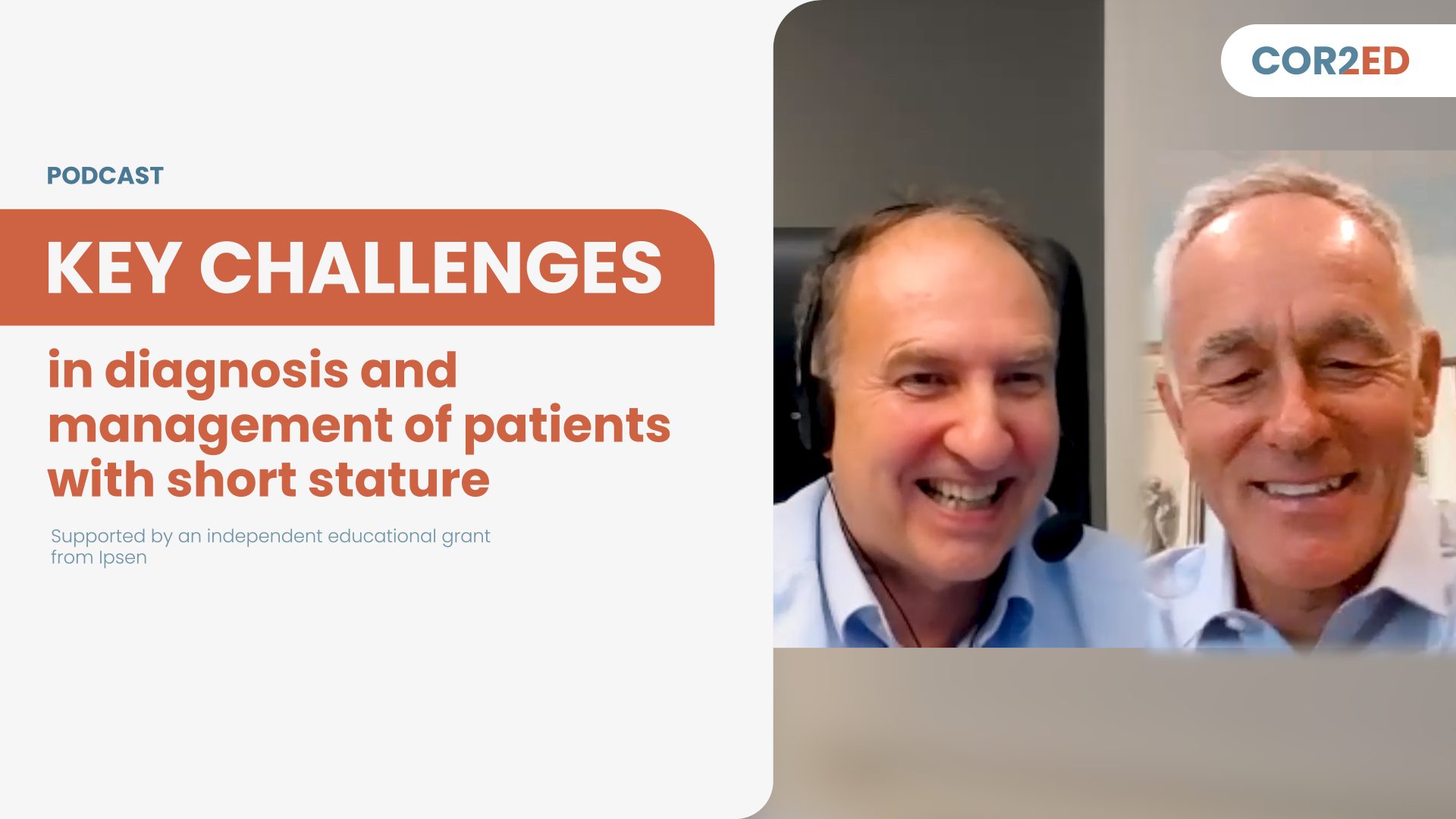

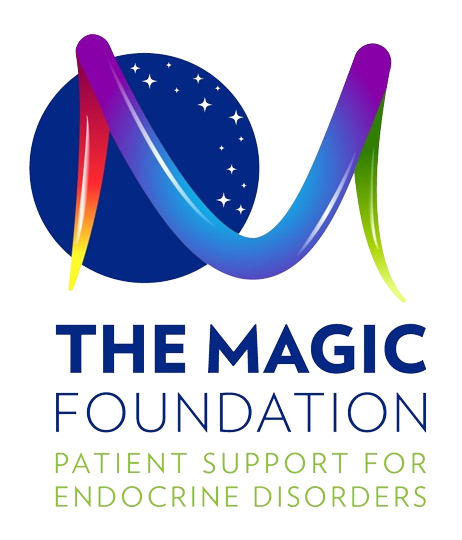
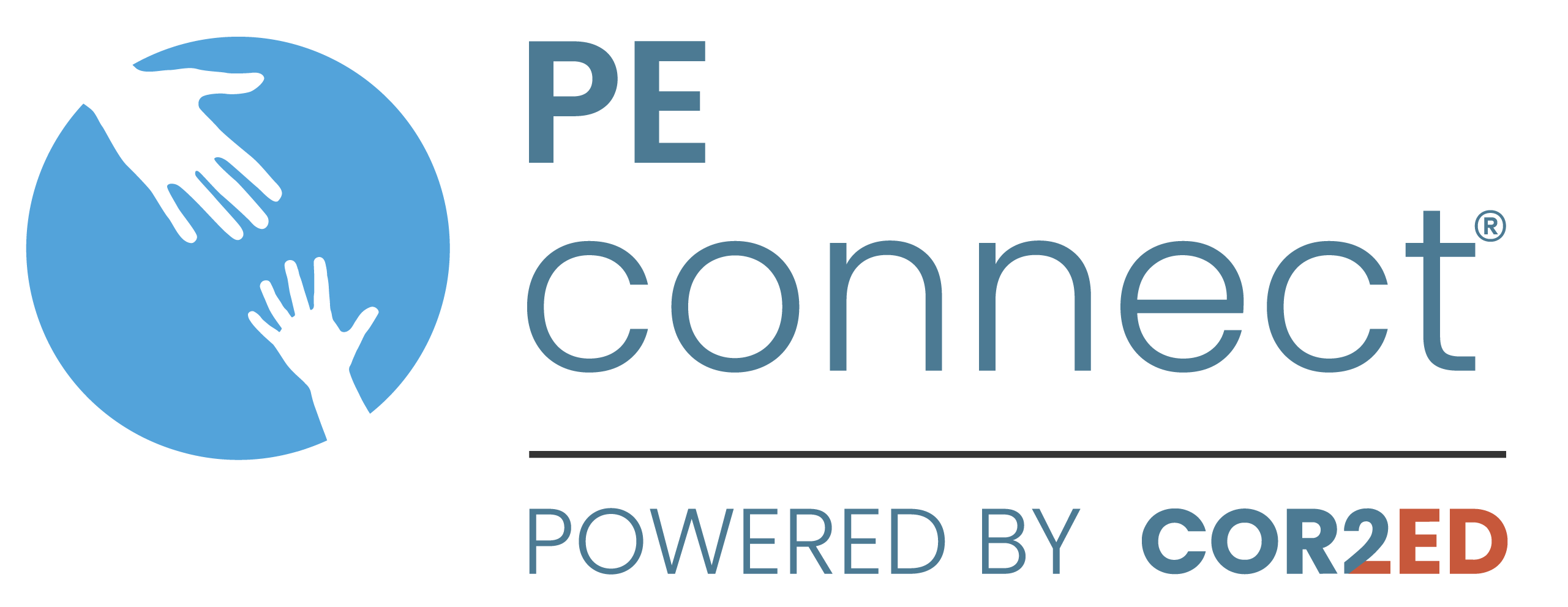
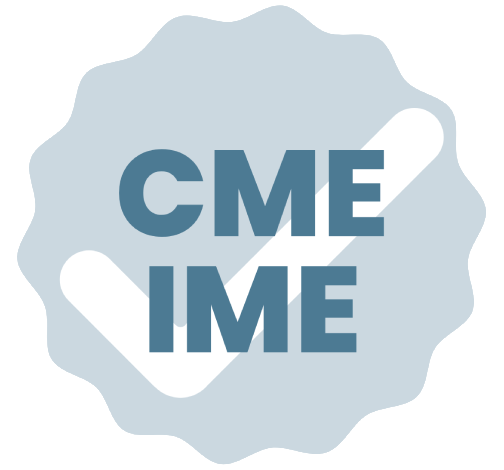
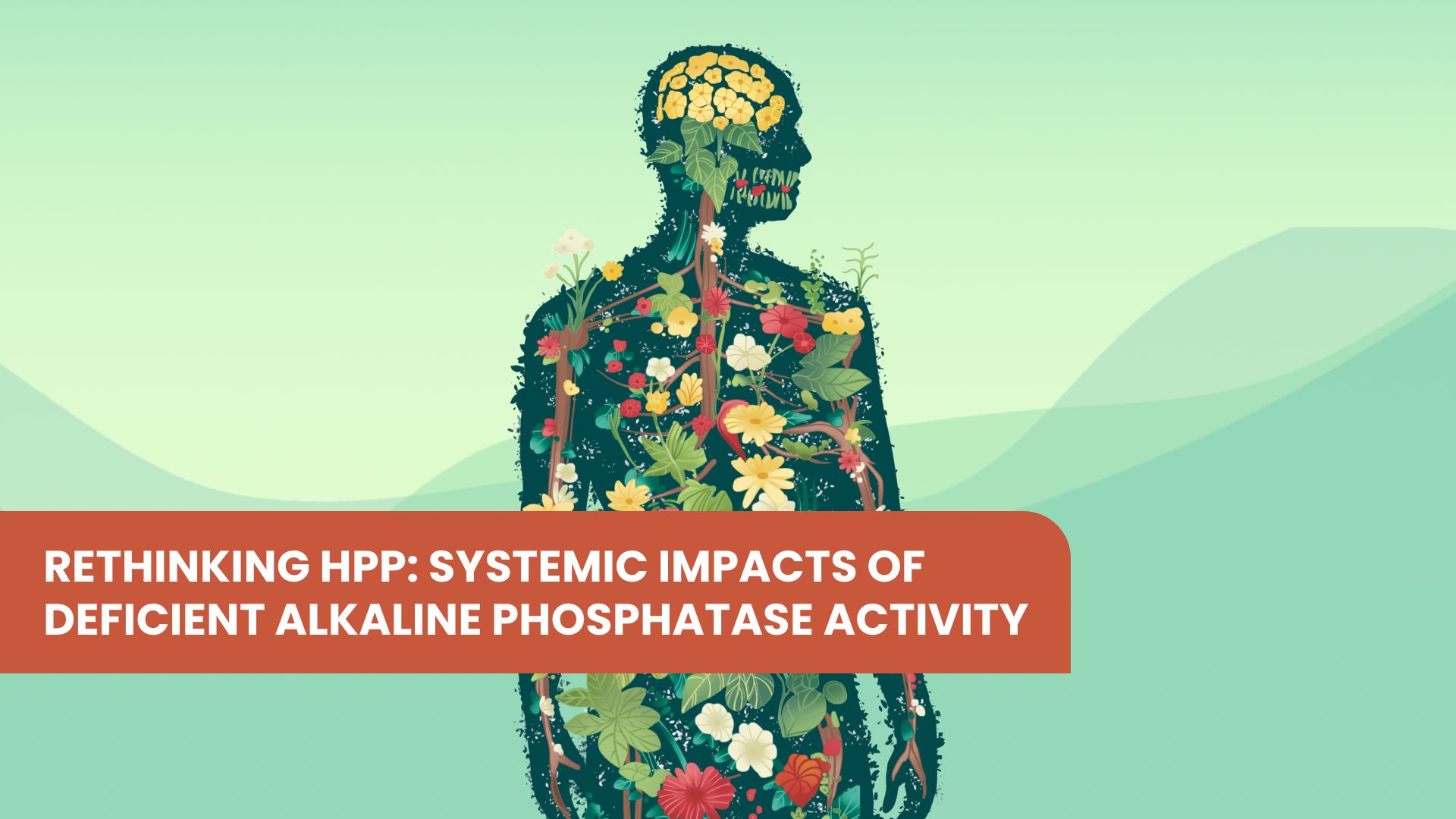
 4 MIN
4 MIN
 May 2025
May 2025 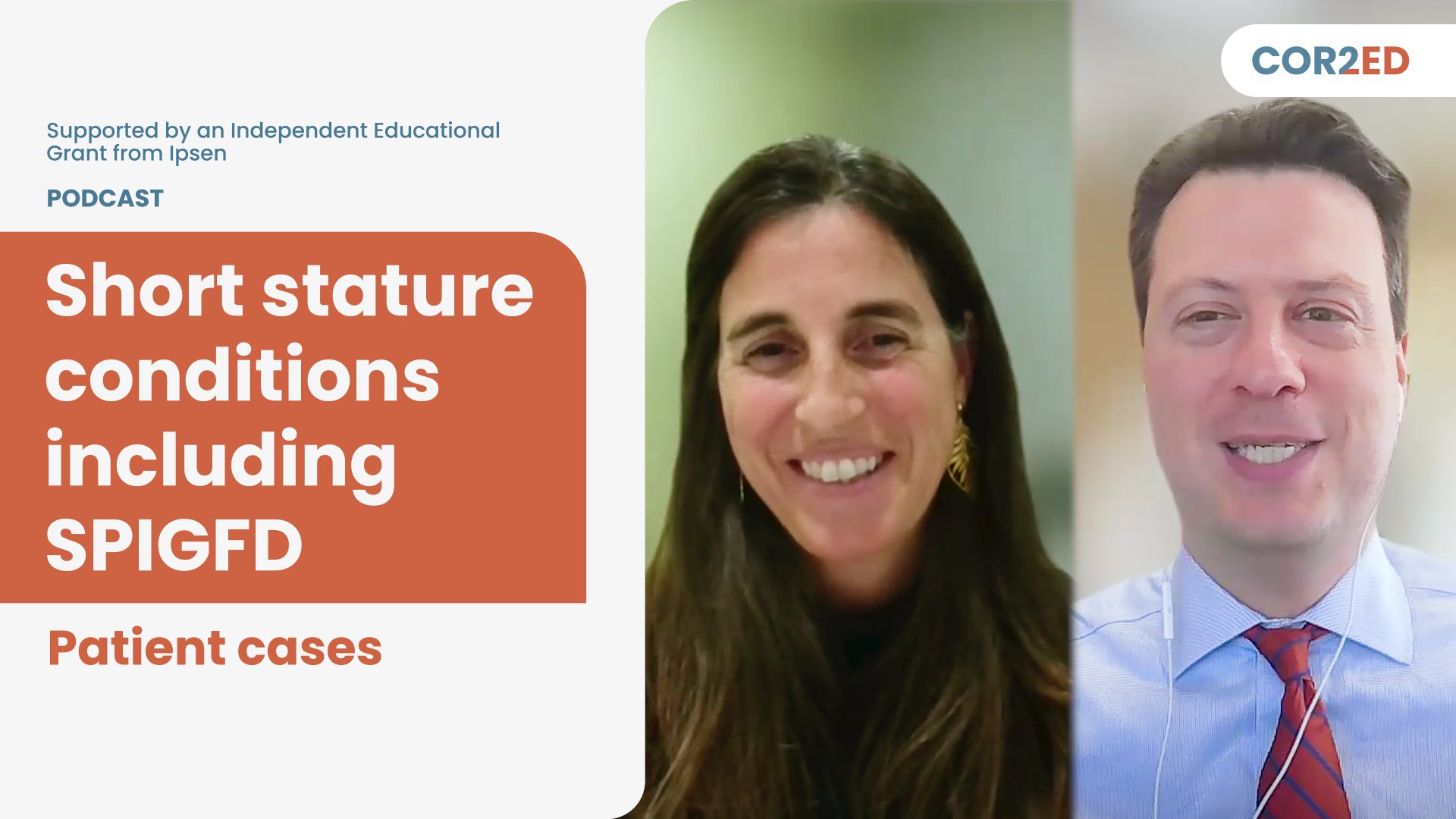
 Downloadable
Downloadable 